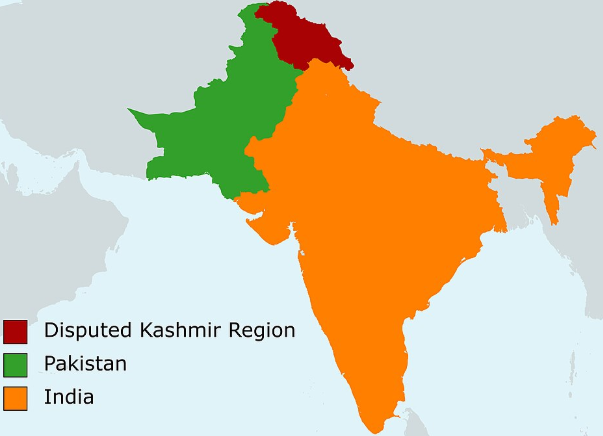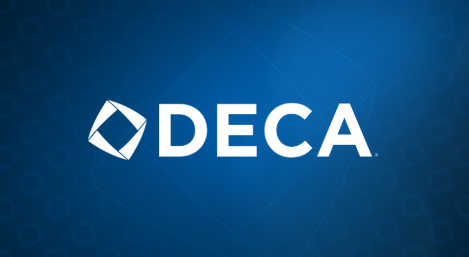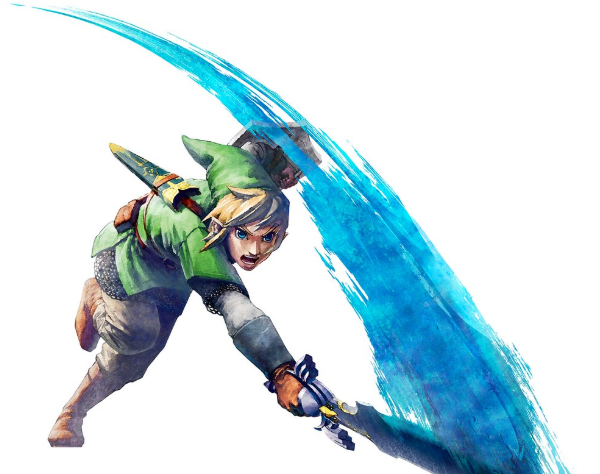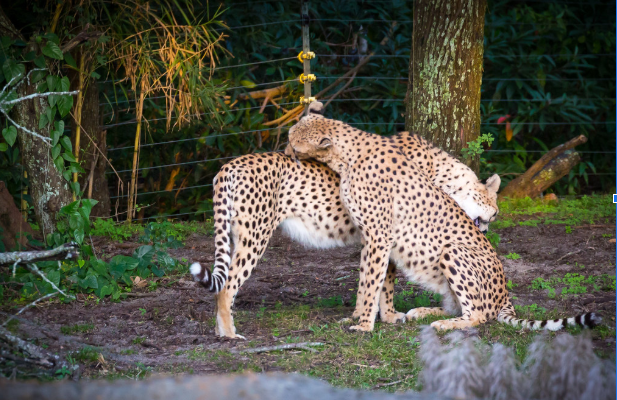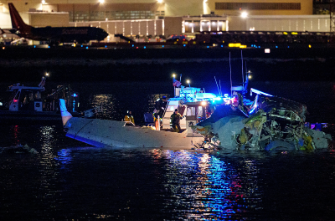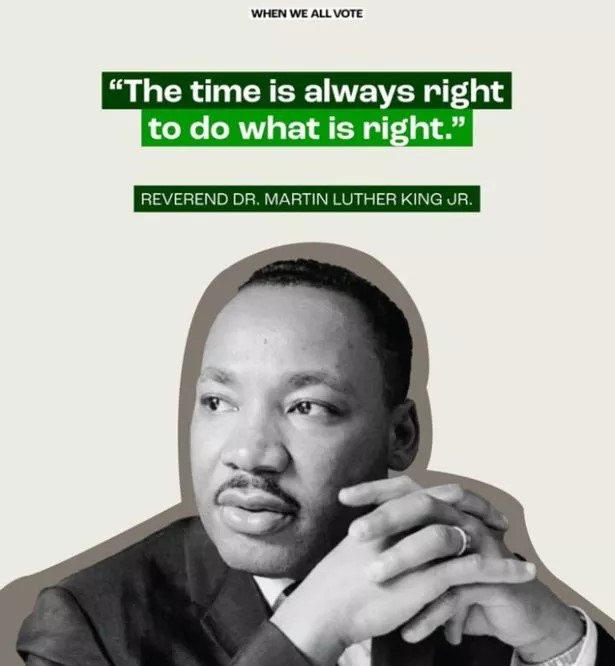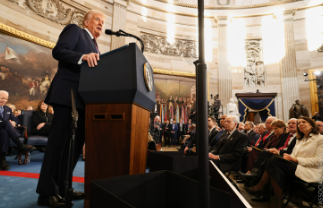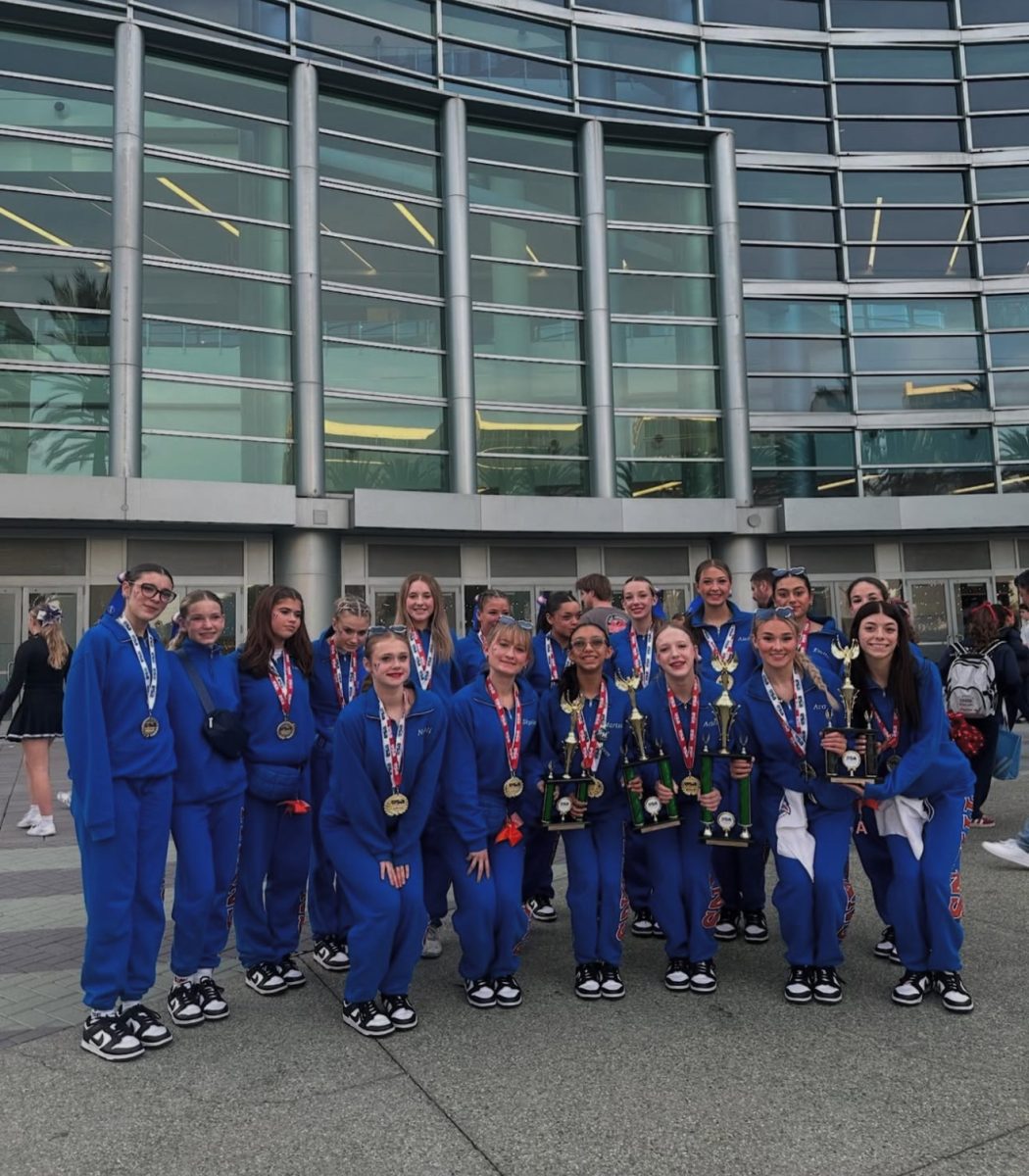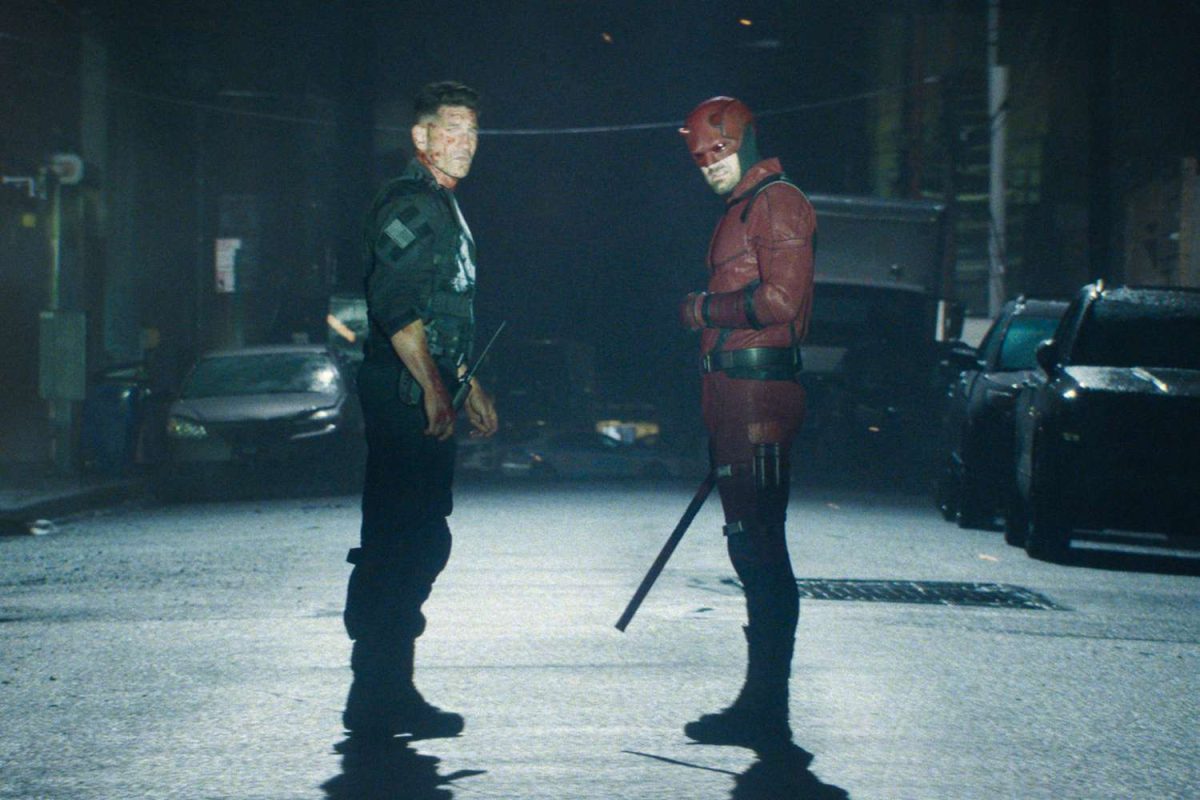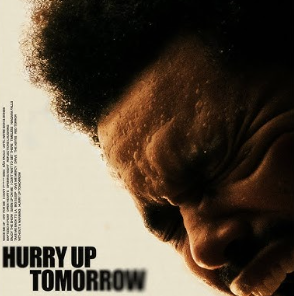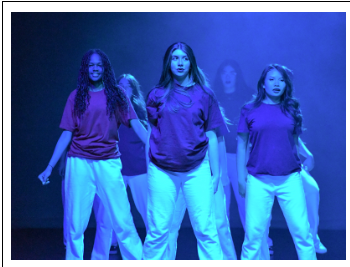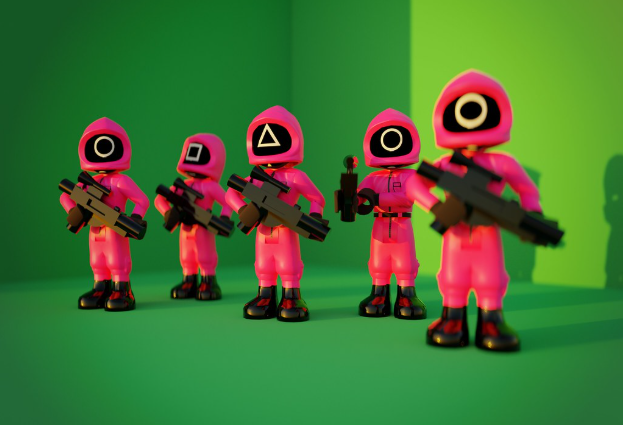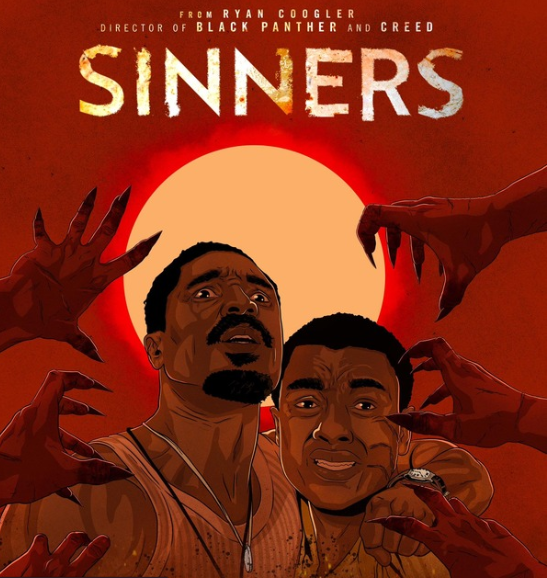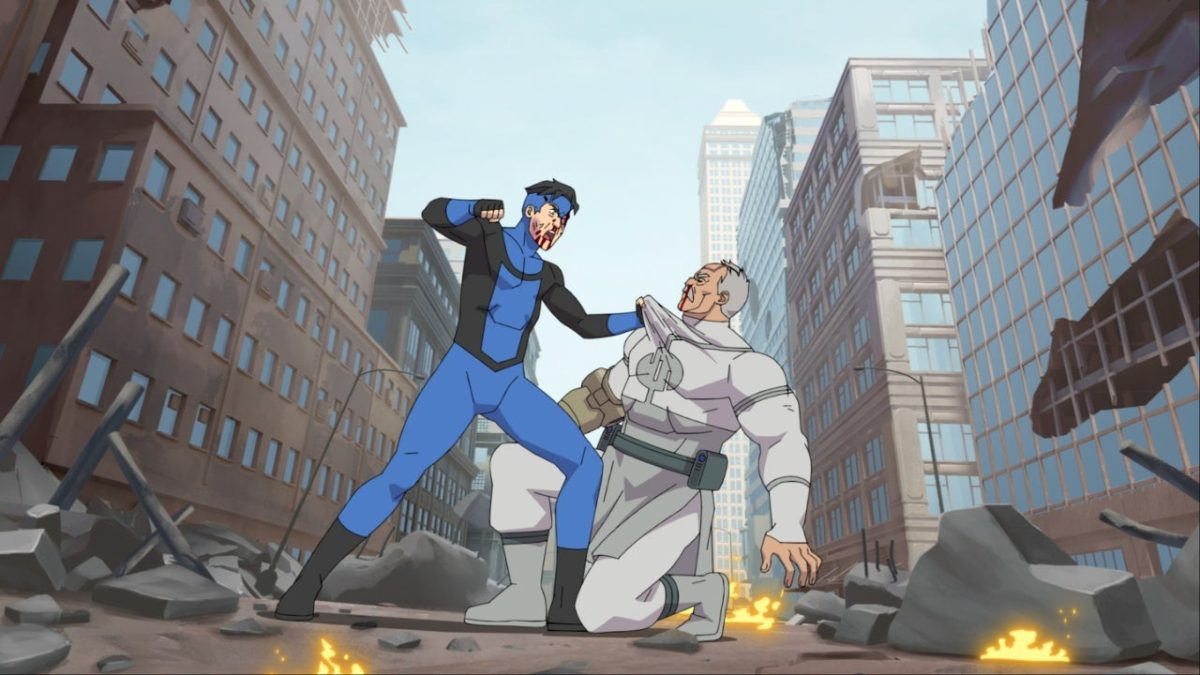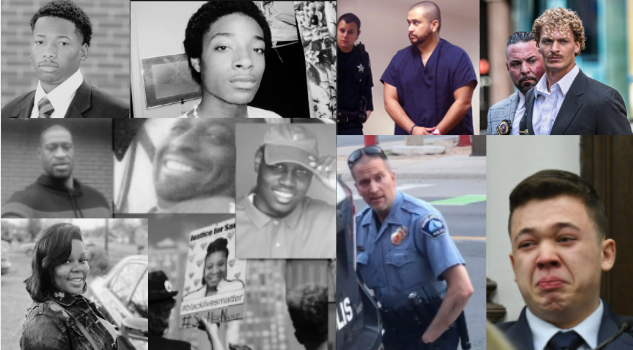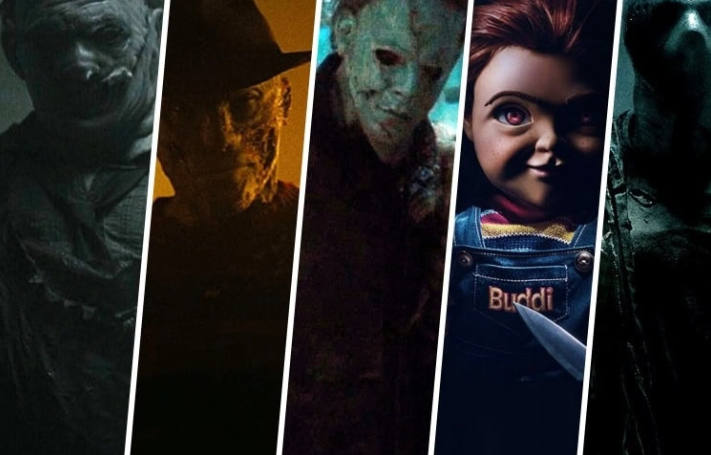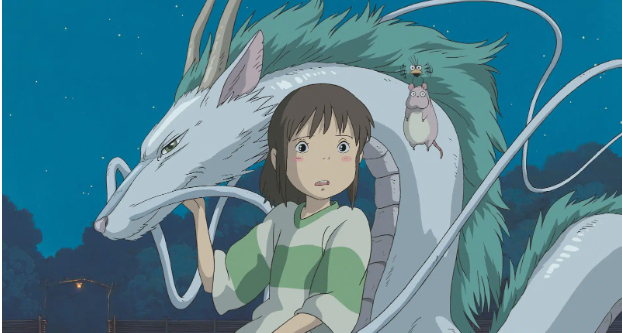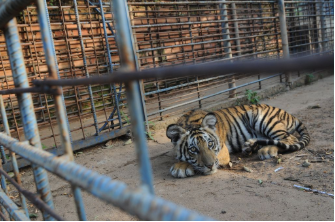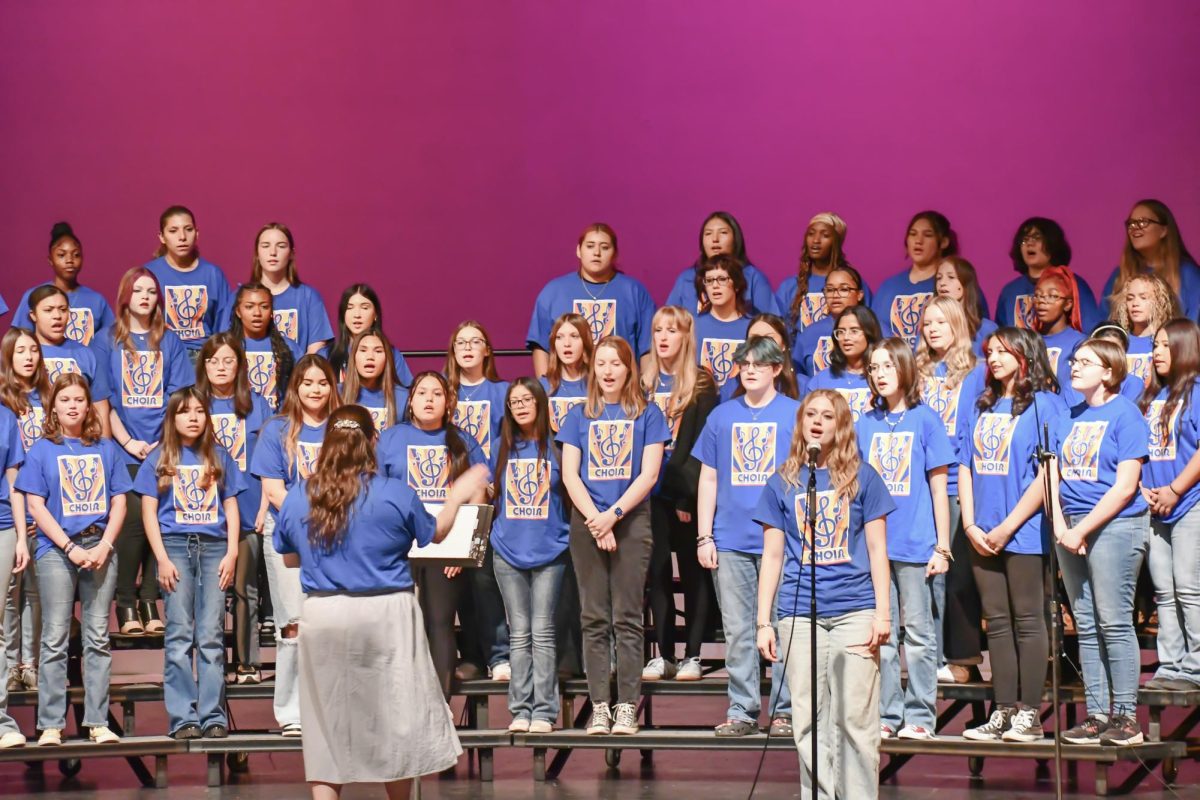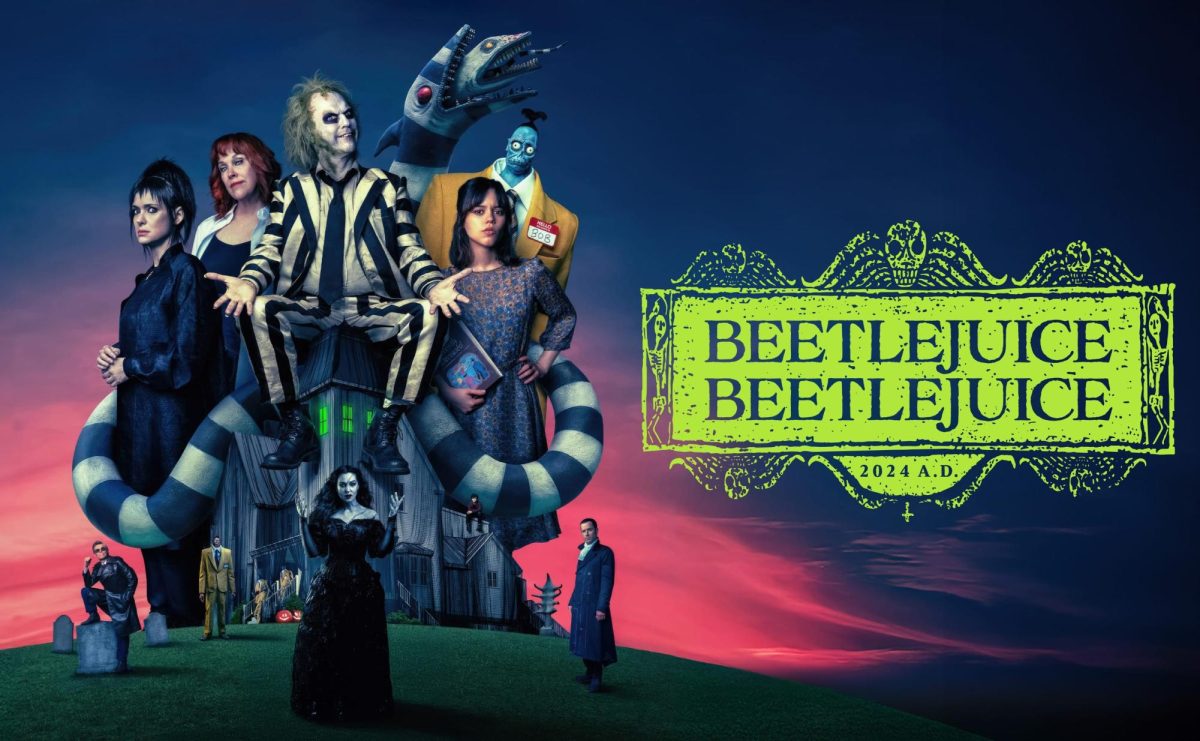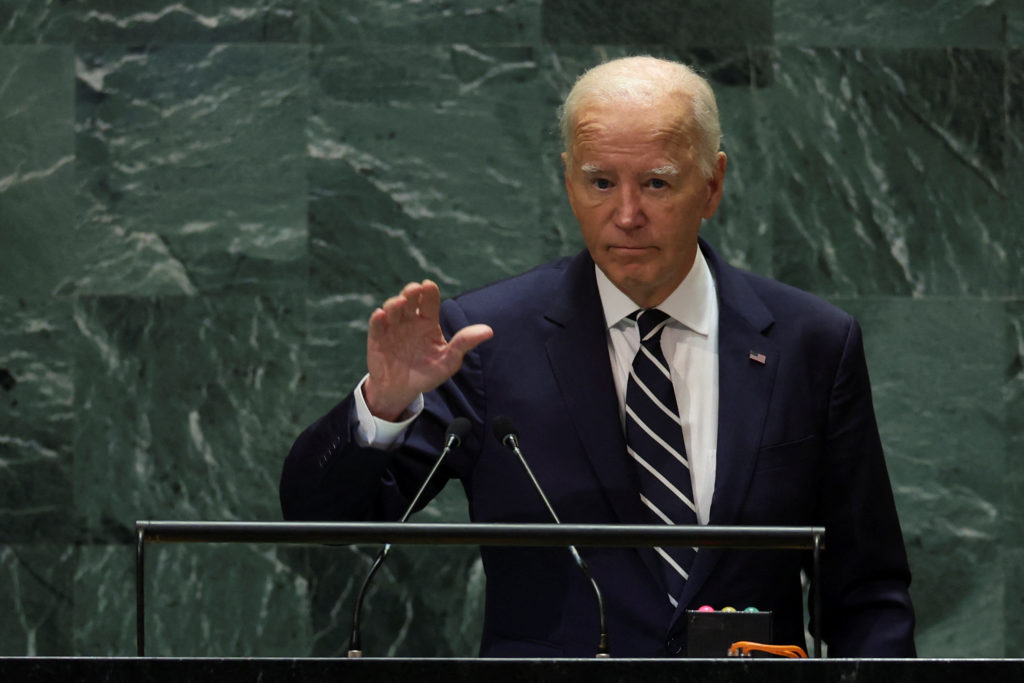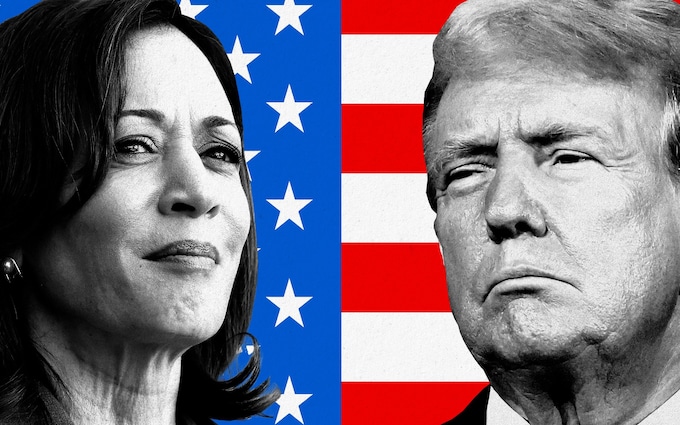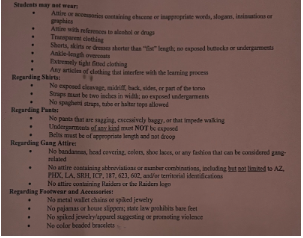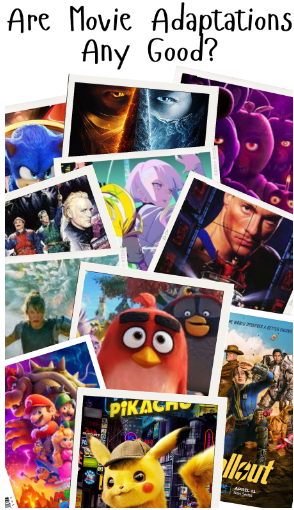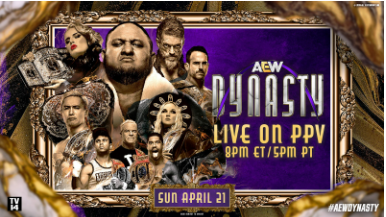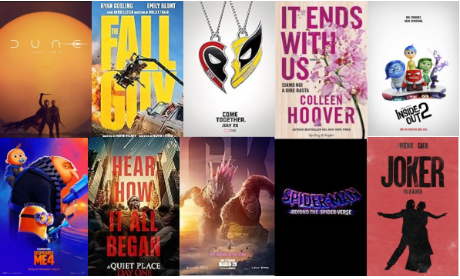Comic book movies make up a big part of Hollywood, with millions around the world flocking to the theaters to watch these colorful, action-packed spectacles, made with technology called CGI (computer-generated imagery) made to create visuals of things that cannot be replicated in the real world. However, recent use of CGI has received backlash from moviegoers for not looking as good as it used to be. One of the biggest examples of this is the recent release of The Flash. Like most comic book movies, it heavily relies on its visual effects to tell its grand story. But if one were to look online, it would not take long to find people talking about the film’s shoddy CGI, wondering why a movie like Iron Man from 2008 looks leagues better than The Flash from this year. These discussions have led some to believe that CGI has somehow regressed in recent years. Technology is supposed to move forward with time, not backwards. Right?
Mr. Henry, a self-proclaimed “Student of Film” and Thunderbird’s own Film and TV teacher, expressed his opinion about the use of CGI in modern Hollywood. He remarked that this technology was an inevitable part of film’s evolution, using the Star Wars prequel films as an example of the beginning of visual effects. When asked about CGI in the current age, he said that its flaws can be “definitely noticeable,” and that “We may have hit a ceiling with this technology.” He also gave his support to the current SAG-AFTRA and WGA strikes, hoping that everyone can get the fair deal that they deserve for their work.
However, writers and actors are not the only ones in Hollywood fighting for a fairer deal. Last year, an article by CNET highlighted the struggles facing Marvel’s visual effects artists. An anonymous source shared their experience working with Marvel as far back as 2012, telling stories of fellow artists working 60 to 80 hours a week, going on for months. Marvel has become somewhat of “an infamous client”, with many artists asking to avoid working with Marvel altogether. Even though Marvel are not the only ones guilty of these practices, they are one of the biggest media conglomerates in the world, and these stories start to make the recent visual effects work in their media make a lot of sense.
Thankfully, progress with these working conditions is starting to be made. As of Sept. 13, Marvel’s in-house VFX team has unanimously voted to unionize with the International Alliance of Theatrical Stage Employees. This vote was made in hopes of getting fair pay, healthcare, a safe work environment, and the respect they deserve.
With Hollywood being such a big part of American culture, these changes are sparking a shift in the current labor landscape. The amount of work that goes behind a feature film is more than what can be conveyed through a simple credit sequence. From the people on screen to the people behind the camera, Hollywood’s workers deserve their fair share for supplying America with a nearly endless amount of entertainment.


